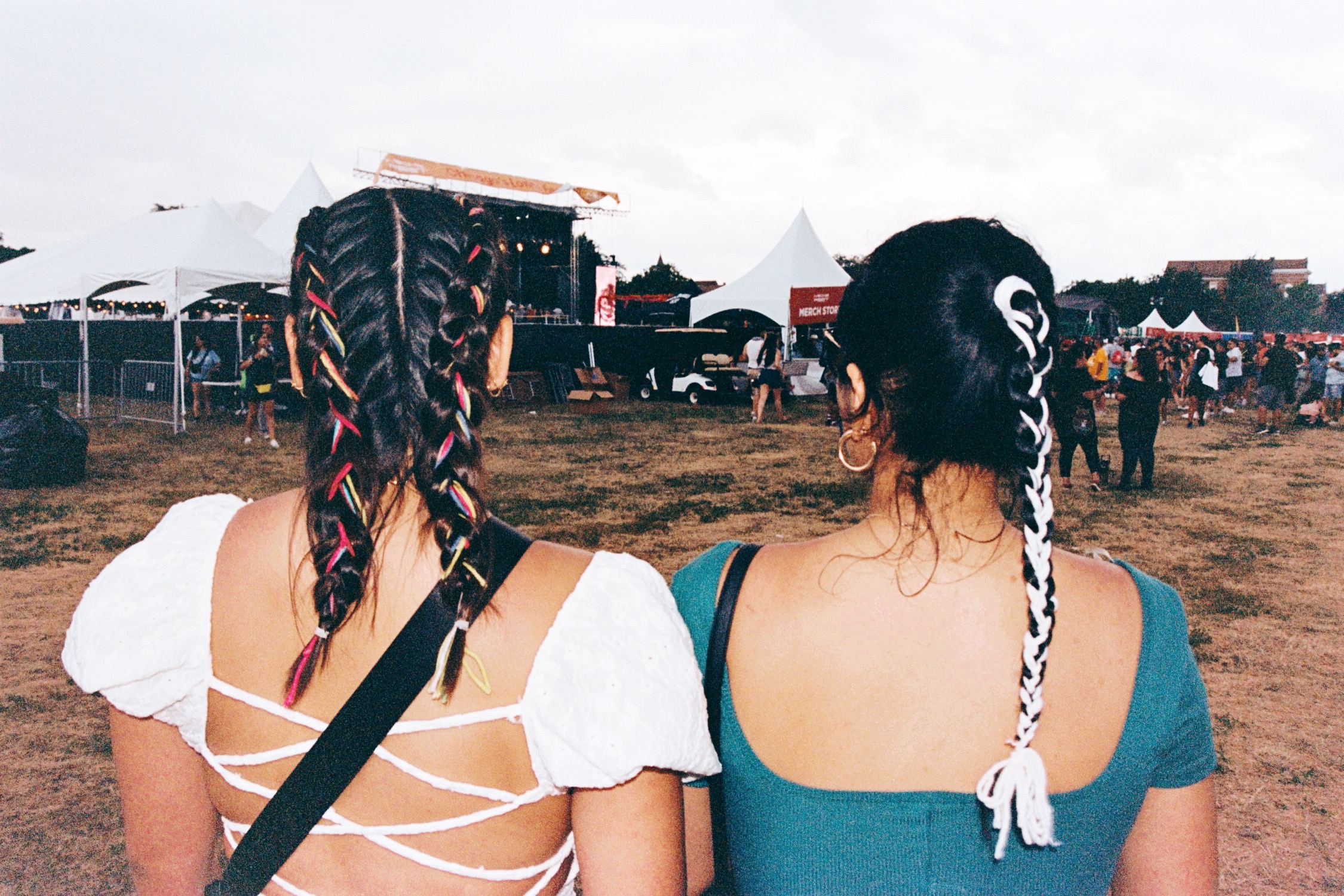
Tomando una chela after a long day at work at the junkyard was a pleasure for my dad. Micheladas were a special kind of drink for him and other people around me. My brother in law prides himself in the delicacy of creating the perfect one, needless to say, micheladas are a staple in many Mexican homes and have entered the homes of people outside of Mexican culture. It’s one of those drinks that can be shared amongst friends that aren’t allergic to hops.
Curious about the origins of micheladas, I investigated and found a couple different stories ranging throughout Mexico such as in: San Luis Potosí, Tijuana, and Mexico City, dating as far back to 1910-1960. My favorite theory dates back to 1910, during the Mexican Revolution by El General Don Agusto Michel who fought on the Mexican side of the revolution. It was said that he enjoyed having a cold beer with ice, lime, and hot sauce before and after his battles with his soldiers. The drink was supposedly named after him, Michel, his name and helada, because it was cold. Honestamente me encantó esa historia, una donde la gastronomía y la resistencia de la gente crea una innovación que ha cambiado nuestra vida normal, tal vez de una manera pequeña pero históricamente muy grande. A simple drink that was born from revolution, that liberated the Mexican people, our ancestors from colonial reign, feels sexy.
“The drink was supposedly named after him, Michel, his name and helada, because it was cold.”
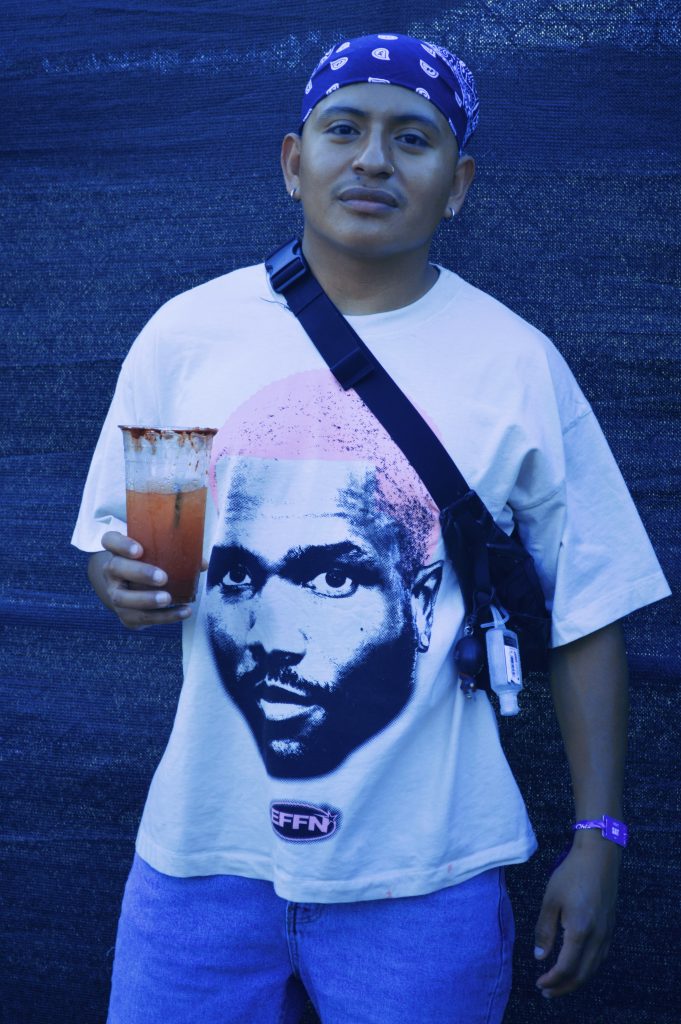
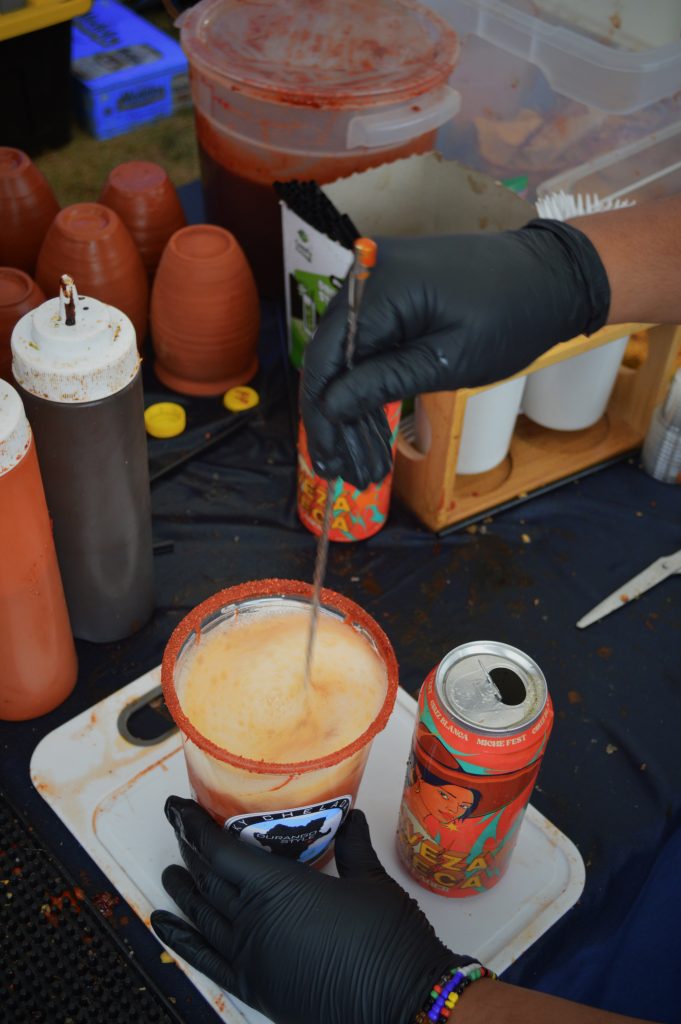
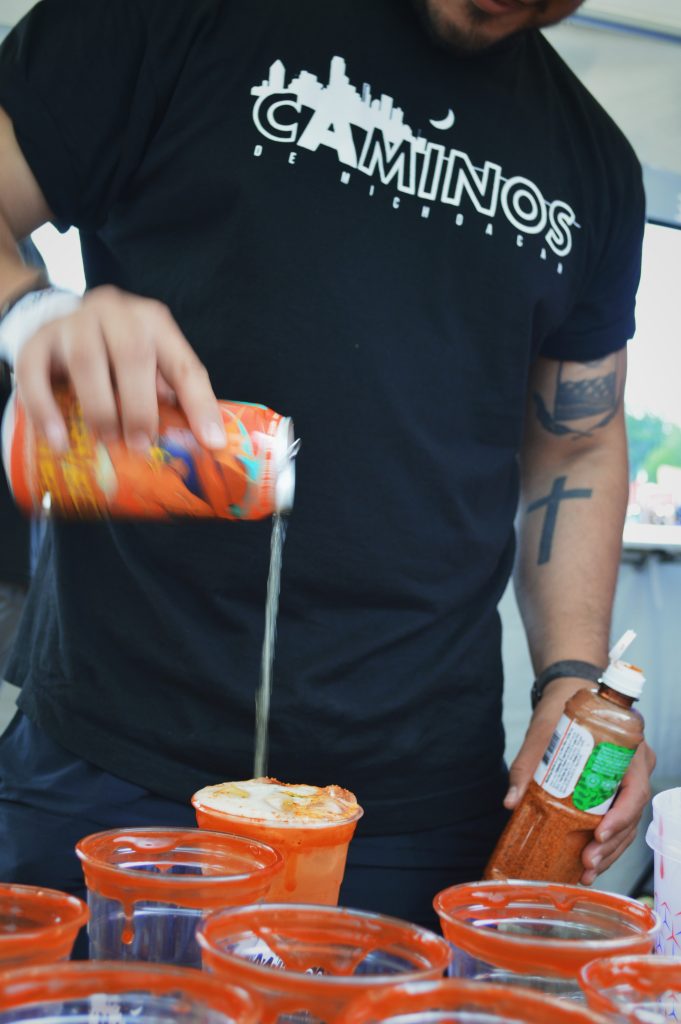
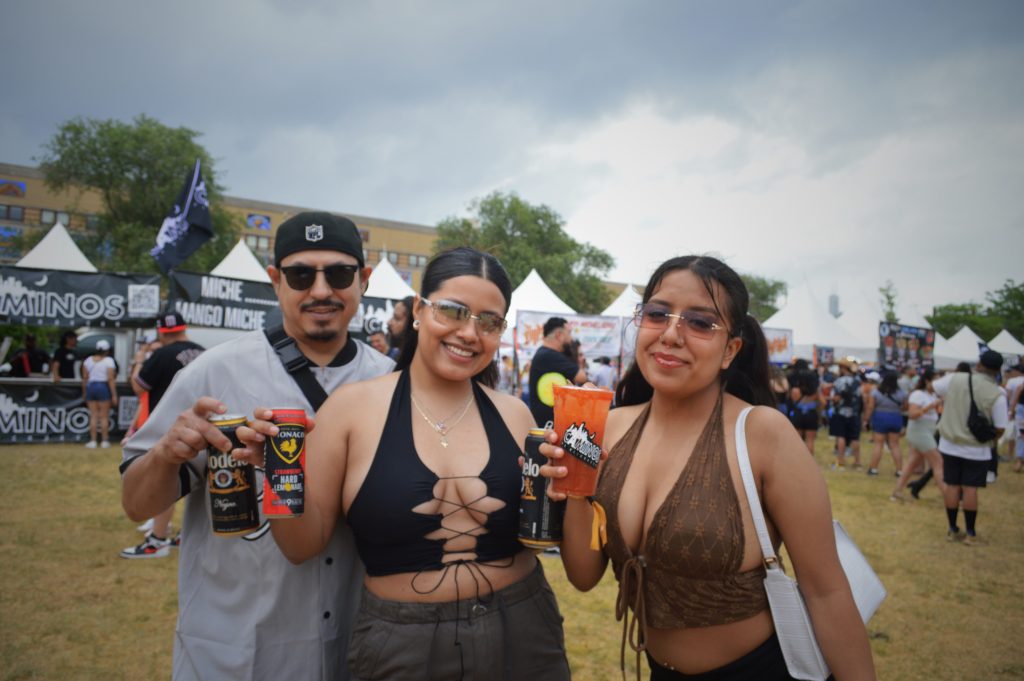
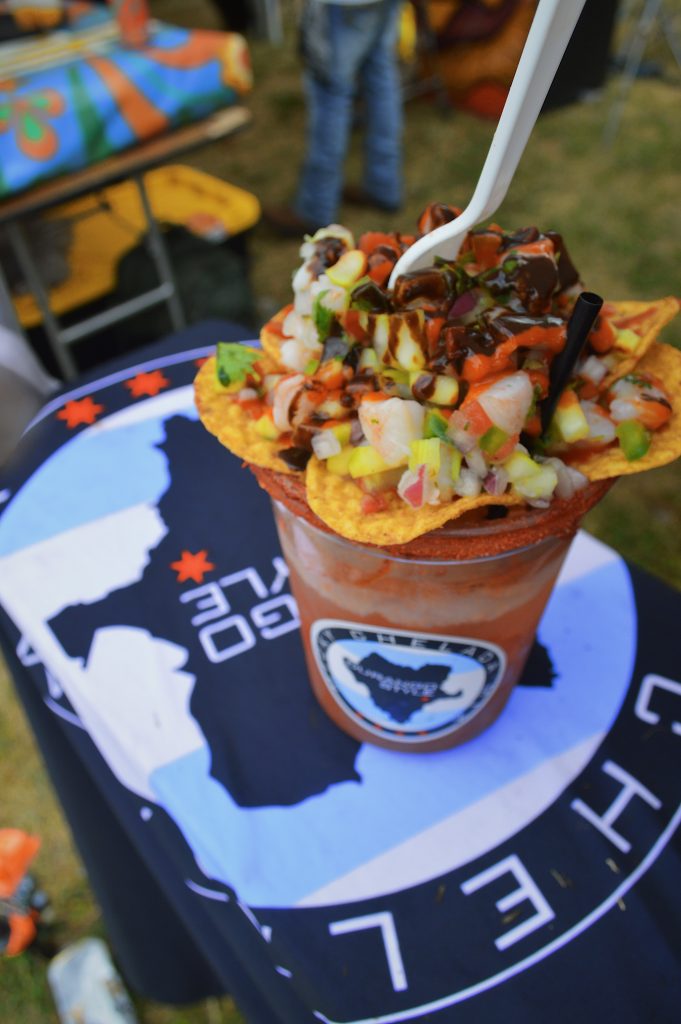
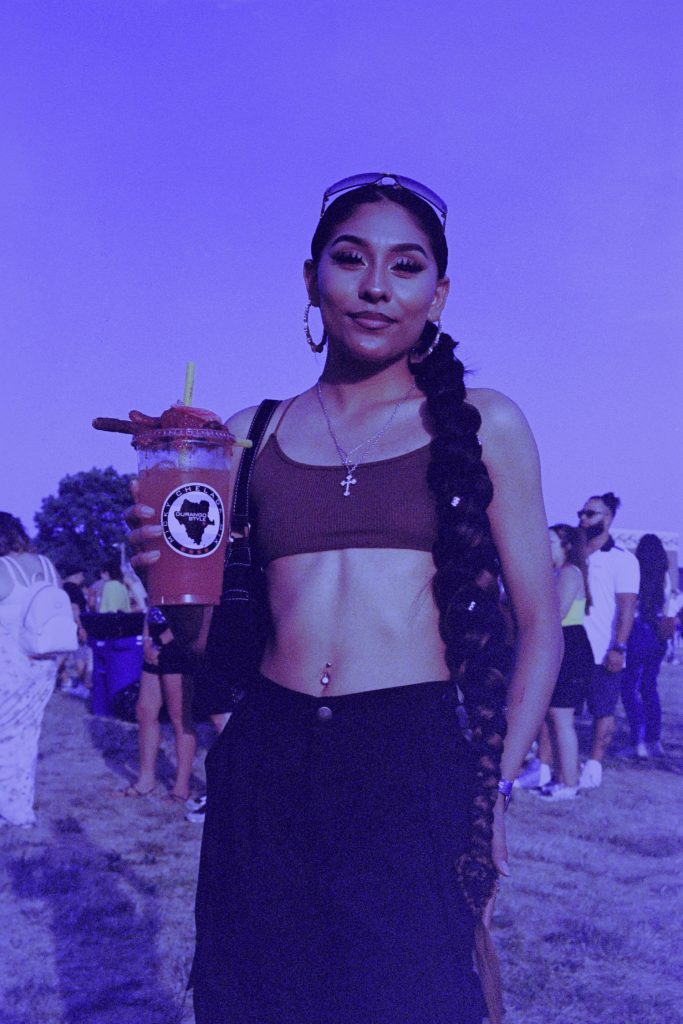
On June 24-25 Chicago hosted its Miche Fest that took place in Pilsen, a once predominantly Mexican neighborhood, now a space surviving the effects of gentrification and displacement. Miche Fest is a festival celebrating Latinidad by elevating micheladas, music, art, food, and fashion. The festival brought together a wide range of artists. The line up on the first day was curated as a Latin Tropical party bringing us performances by Noriel, R.K.M & Ken-Y, Natti Natasha, Elvis Crespo, Prince Royce, and Chicago’s finest DJs and hosts like Jesse El Grandote, DJ Miriam, DJ Jade, DJ La Queen, DJ Karenoid, DJ Mo Mami, and DJ King Inesse.
R.K.M & Ken-Y transported me back in time when I was kicking it at the supermall buying their album “Masterpiece” and bumping it day and night. Natti Natasha had us dancing to her biggest hits, though I do admit simultaneously being completely captivated by her dancers who trekked all the way from the Dominican Republic and Miami. Elvis Crespo had us moviendo el bote with his legendary music we can still hear being played loudly at quinceñeras, family parties, clubs, and bars today. He also sang his new Bad Bunny featured song, “Neiverita Mambo Remix” which was conceived from the Neverita music video by Bad Bunny inspired by Elvis Crespos iconic music video Suavemente. Prince Royce closed out the night with their romantic bachata ballads, maybe creating an influx of Pisces babies to be born in March, congratulations to the future parents.
“Miche Fest is a festival celebrating Latinida by elevating micheladas, music, art, food, and fashion.”
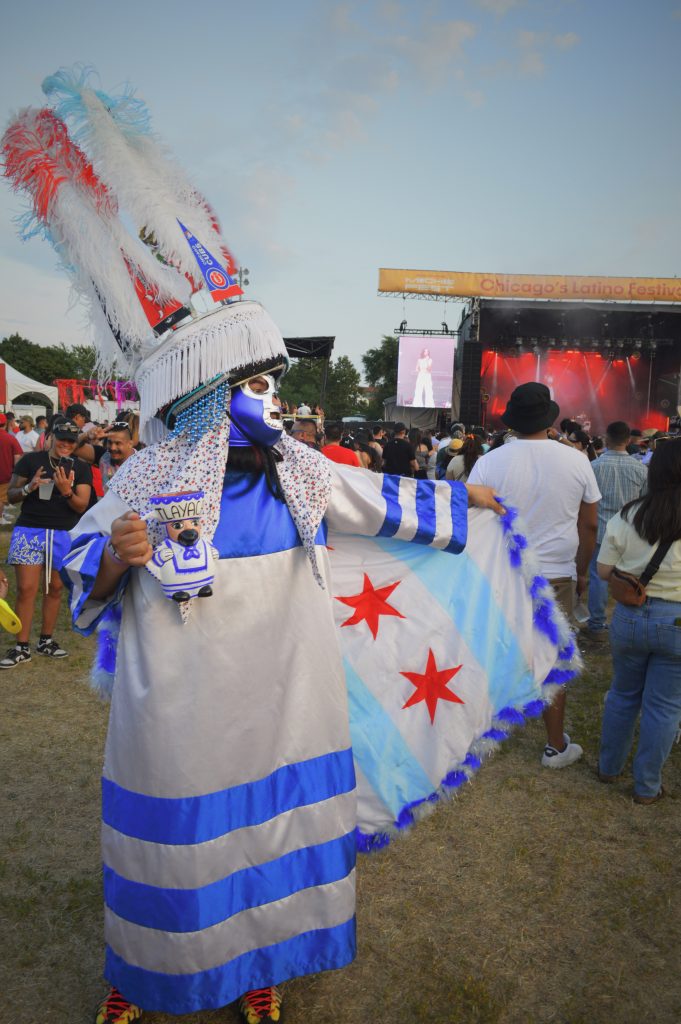
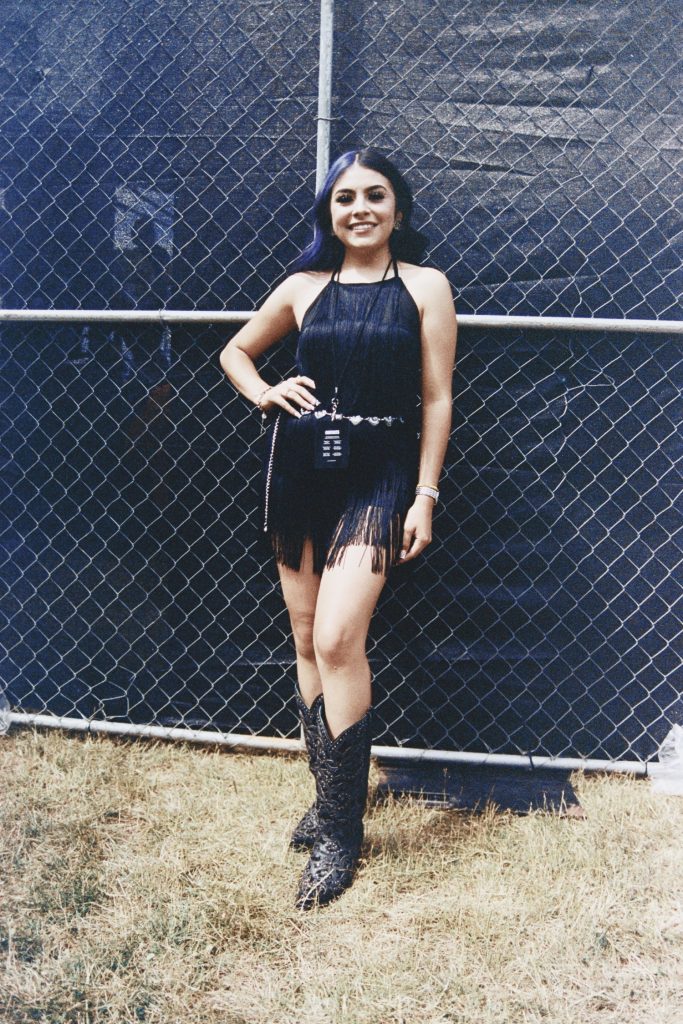
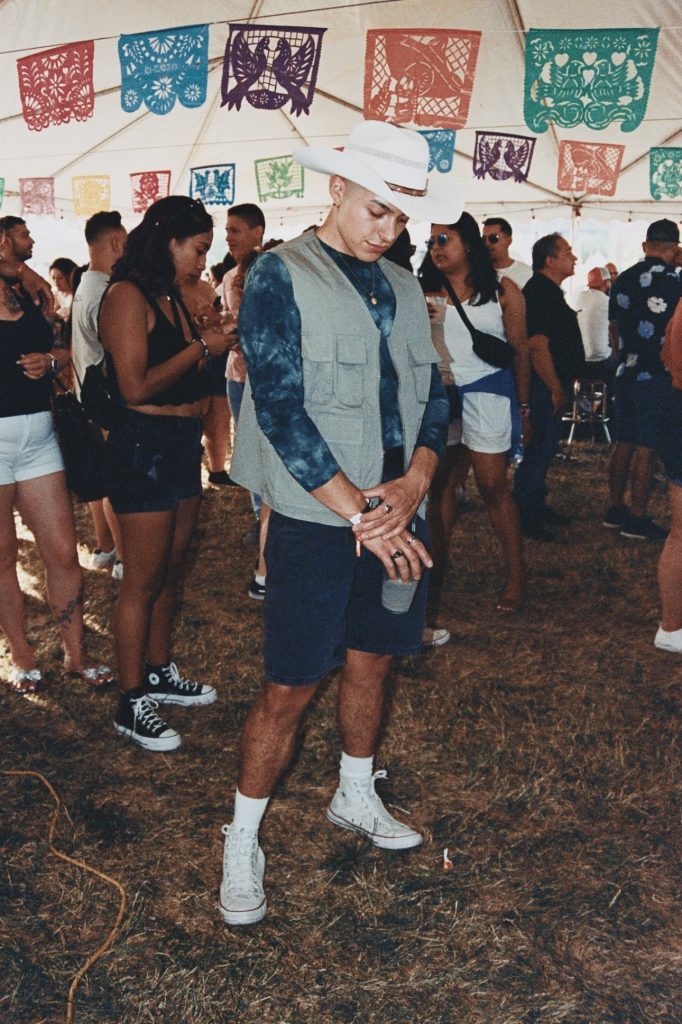
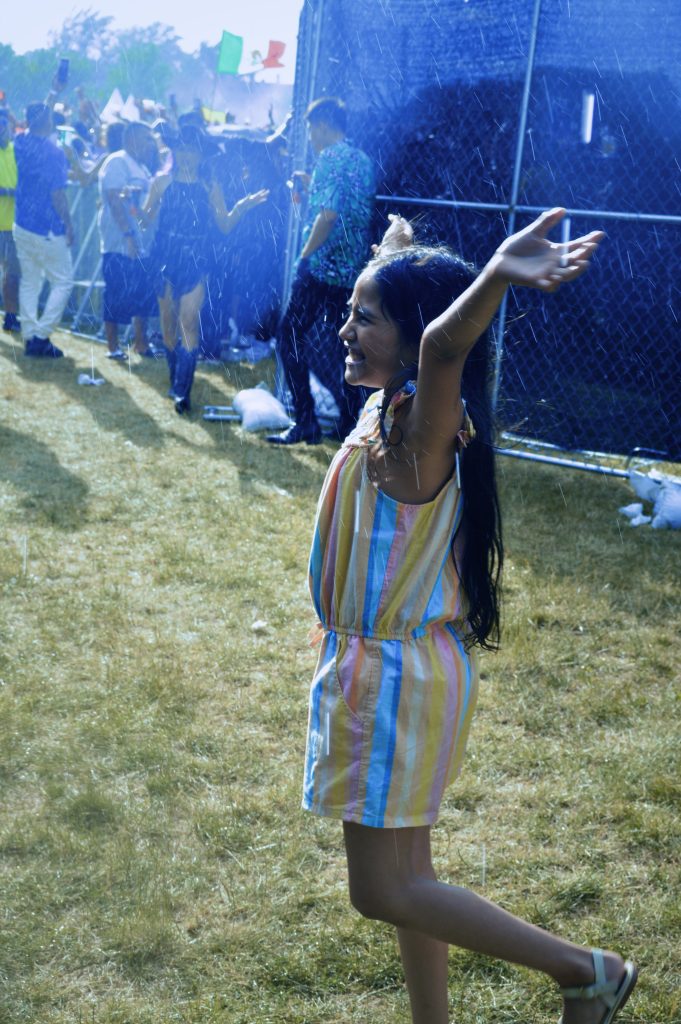
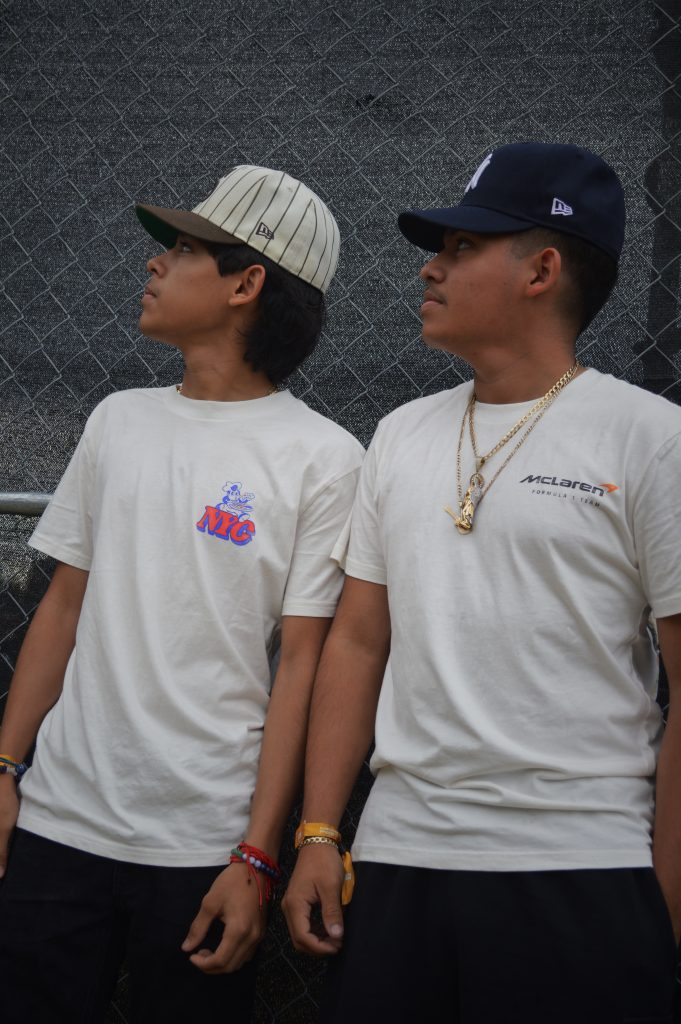
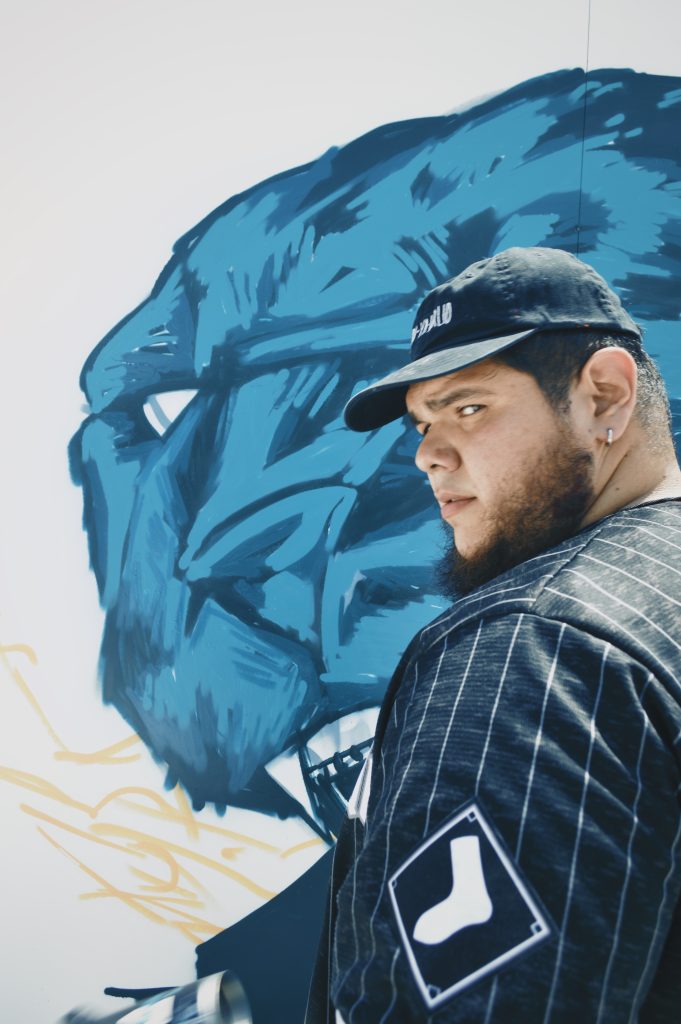
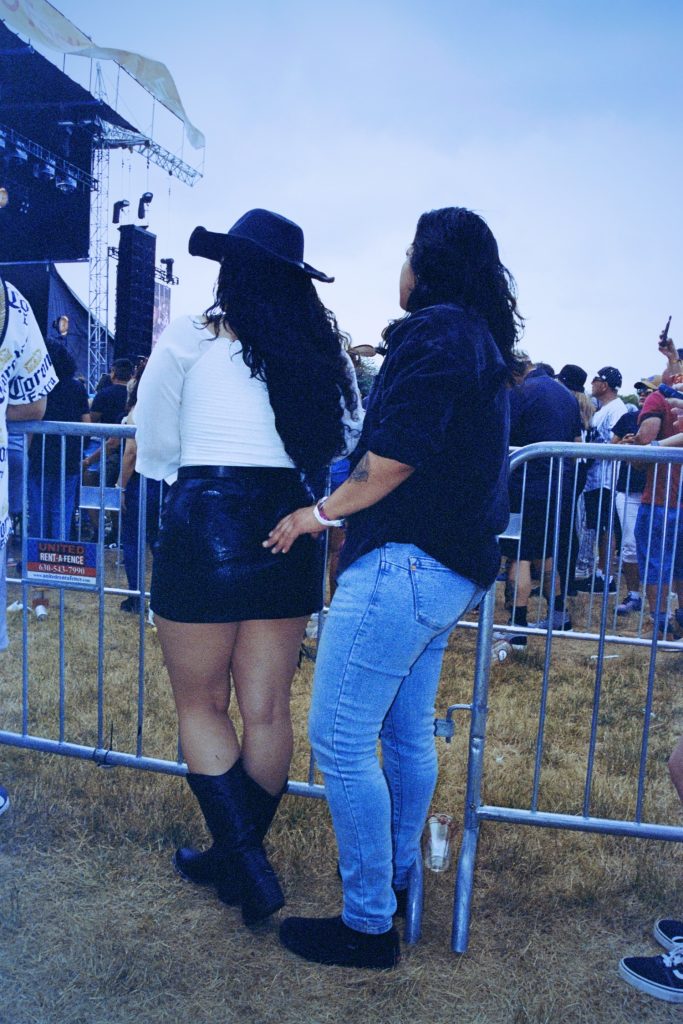
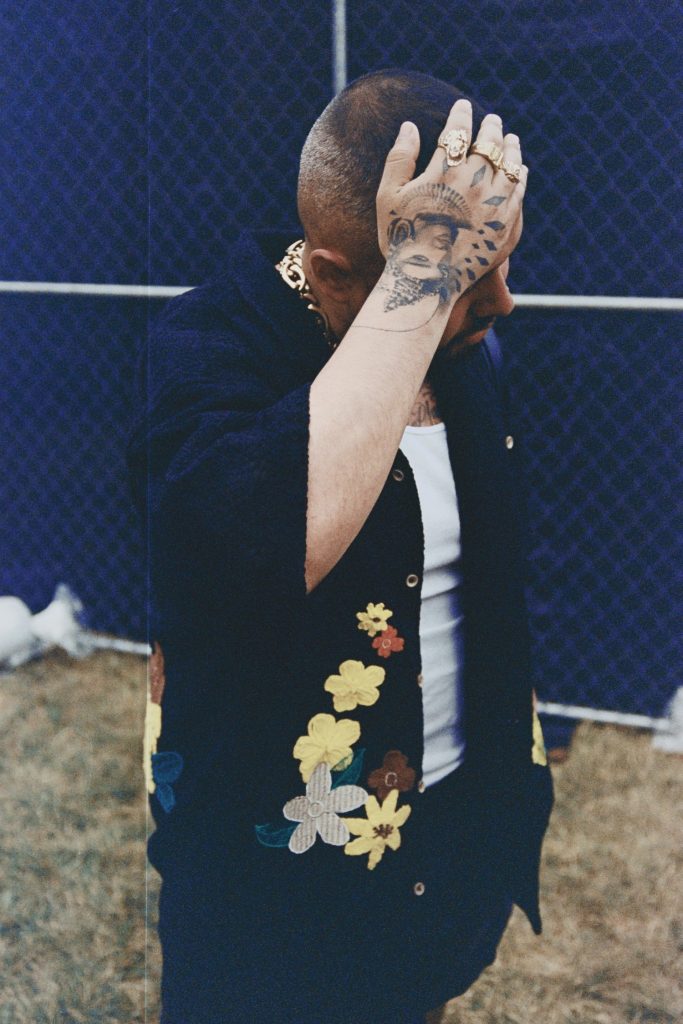
DJs located in the adult playground kept the crowd dancing while also entertaining them with visuals, Chicago DJ Karenoid had her visuals commissioned specifically for the event, and I couldn’t take my eyes off of the screen. She created a whole vibe for the adult playground with visuals displaying girls riding around in lowriders.
This day had me thinking about how Latine music is a form of resistance. The Dominican Republic banned Merengue in 1840 and later Bachata was banned during the 80’s, both were banned for being “too vulgar, or too hood”. Reggaeton was also banned in Puerto Rico for similar reasons. Governments went as far as terrorizing people based on their wardrobes association to the music. Venues in Chicago, like Estereo in Logan Square, have even gone as far as to instruct their DJ’s to not play these genres. These genres, salsa, bachata, merengue, and cumbia were created by AfroLatine artists as a celebration of their African roots, resistance, joy, and as a way of keeping their stories alive. The genres being reprimanded is a reminder of the colorism within the Americas, una cosa que todavía existe hoy en día. Which is why, us lighter skin Latines have to continuously check ourselves and our inherent anti-Blackness that exists in colonized spaces.
The second day of the event felt like a love letter to musica regional, a genre on the rise thanks to the corridos tumbaos made from blending American Hip Hop rhythms with traditional Mexican Music, I mean, la raza loves Tio Snoop. The line up for Sunday included Lilo Bermúdez, Chicago’s sweethearts, Grupo Vanguardia, Grupo Kual, Alex Lora y El Tri, Banda Los Recoditos, Gerardo Ortiz, and DJ Yayathabawase, DJ Squadooble, DJ Zel, DJ Cedeño, and DJ Mamicana.
“[Alex Lora y El Tri] create a space to be mad and yell out culero because although we are in celebration, the world’s problems don’t go away and we should be mad and revolt.”
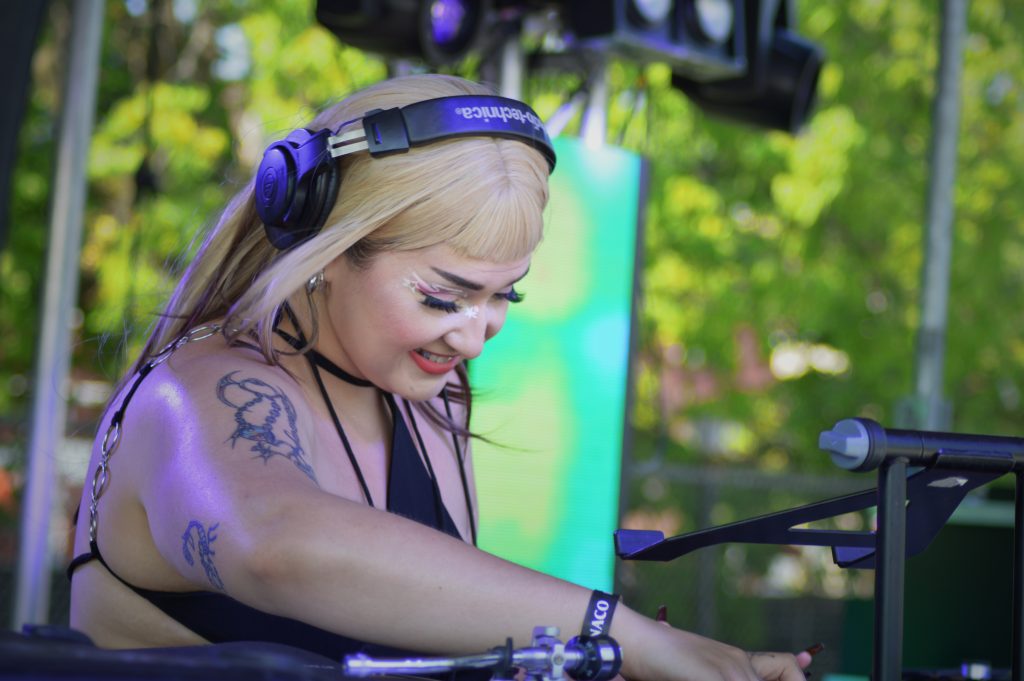

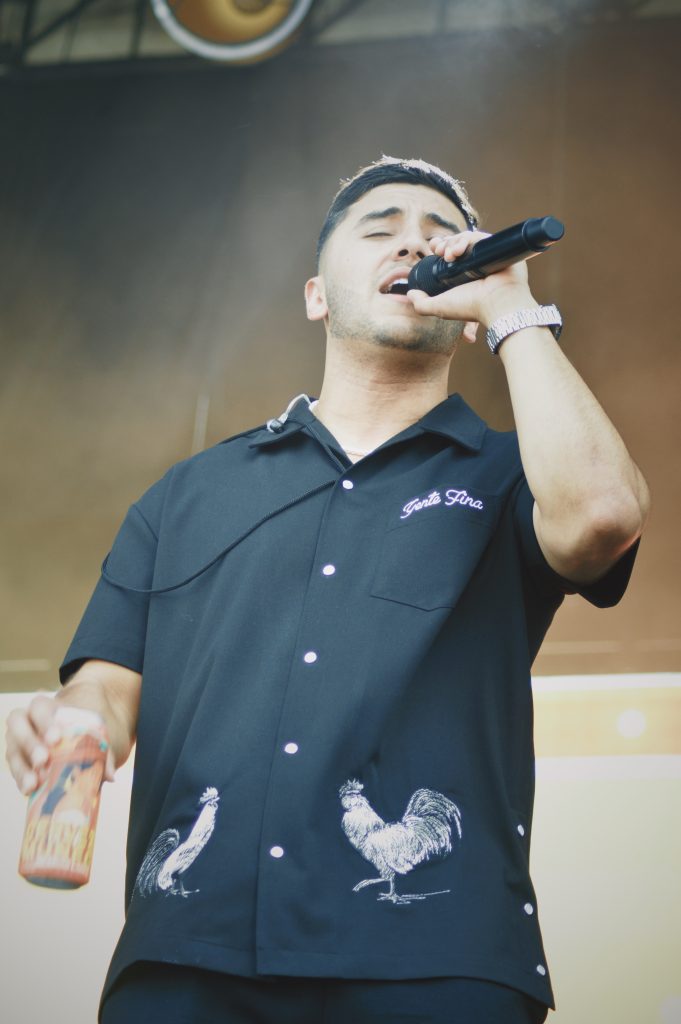


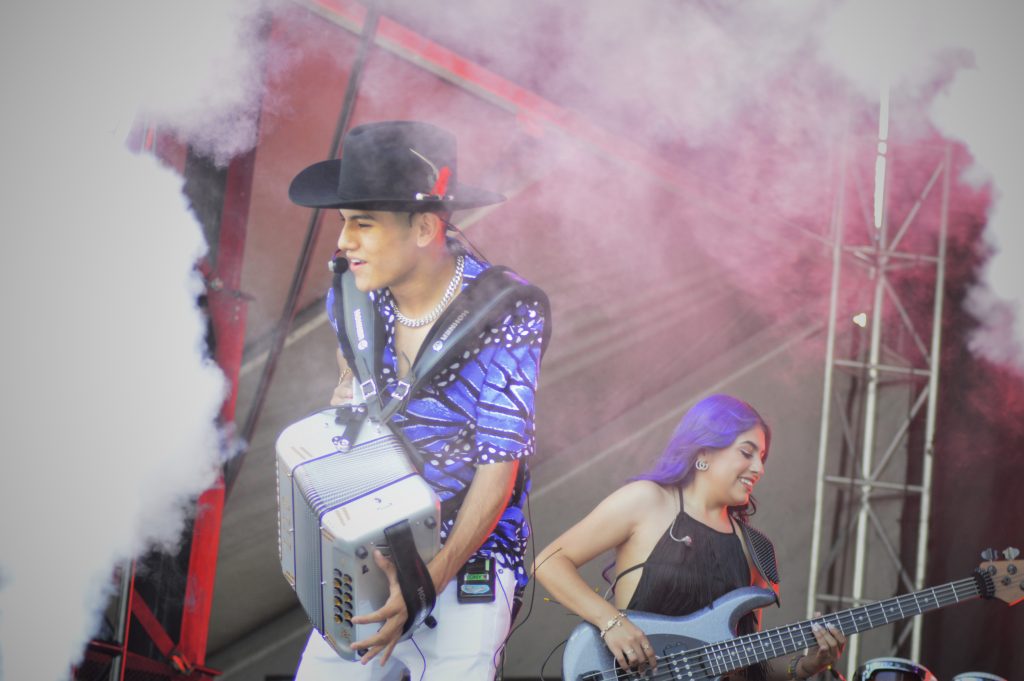

Lilo Bermúdez opened up the day for us with new songs and covers, after their performance they joined the crowd and mingled around during the rest of the festival. Grupo Vanguardia gave us medleys of cover songs including songs from Selena which had all our hearts going bidi-bidi bom bom. Grupo Kual changed up the energy with cumbia hits and an amazing wardrobe. The group showed up wearing traditional Mexican masks traditionally used during danza which were all custom made for each of their members. Their outfits felt like a celebration of Mexican goth culture through fashion. Though cumbia originated in Colombia by enslaved AfroColombianos, Mexico has adapted the genre in many different ways, Grupo Kual was one of the originators of cumbia sonidero a mix of traditional Colombian cumbia with electronic sounds. Grupo Kual pumped us up for the next act, Alex Lora y El Tri, a band that constantly critiques the cis-tem which we call the government, both Mexican and American. They create a space to be mad and yell out culero because although we are in celebration, the world’s problems don’t go away and we should be mad and revolt.
Banda Los Recoditos reminded me que la vida es prestada y hay que disfrutarla, letra de la canción “Mi Último Deseo” is my life’s anthem honestly, in a healthy way. Latine culture is hyper aware of death and the inconsistencies of how higher authorities govern our existence and maybe that’s why we love to party. Because at the end of the day our joy, happiness, and the ability to dance, is resistance regardless of the world burning, and we’ll probably look good while doing it.
“Because at the end of the day our joy, happiness, and the ability to dance, is resistance regardless of the world burning, and we’ll probably look good while doing it.”
Speaking of looking good, my friend Luz Magdaleno Flores and I wandered around the festival in search of cute outfits. The scorching sun on Saturday gave us some cute and sexy fits drenched in Latinidad y musica influences like neoperreo. While Sunday people showed up in Western wear. There were definitely people out there looking their best and feeling good, there’s something about feeling comfortable and confident through the way one decides to enchulearse. I really enjoyed the way so many people expressed themselves and their Latinidad through clothing. I definitely loved all of the different hairstyles, my favorite was seeing all the braids shaped as a heart, it’s a romantic twist on a classic braid. Bueno, ya me voy, hasta el próximo festival!
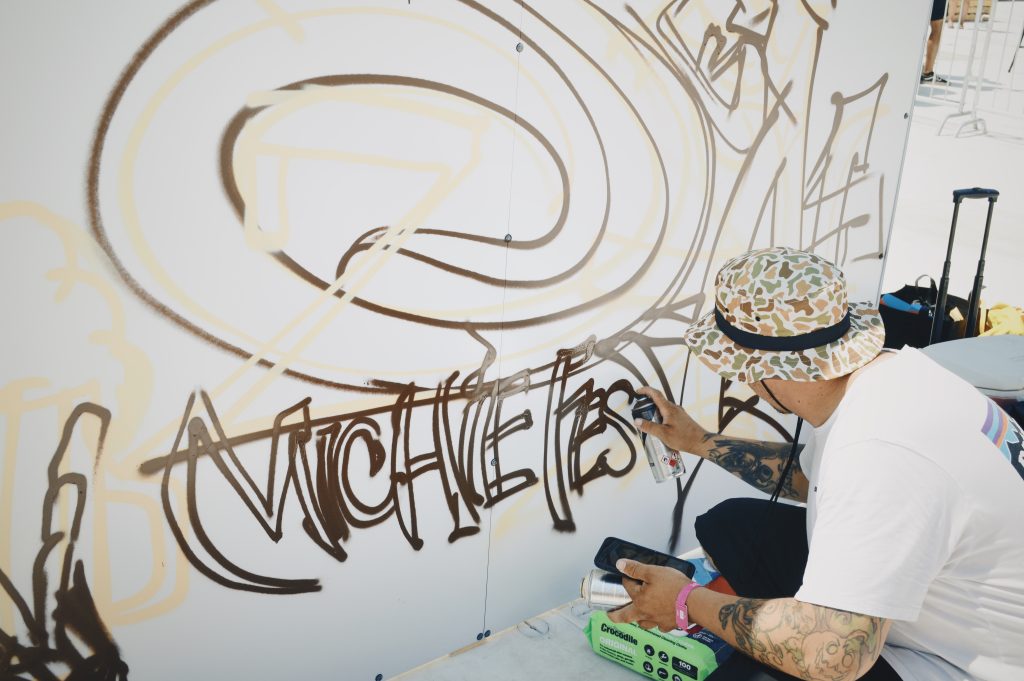
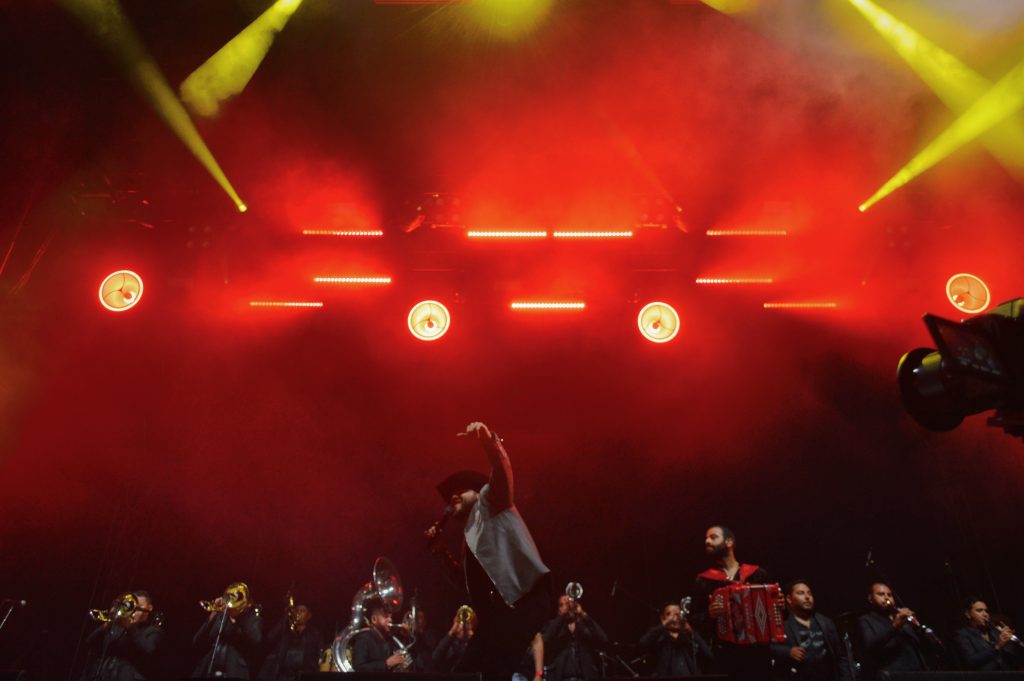
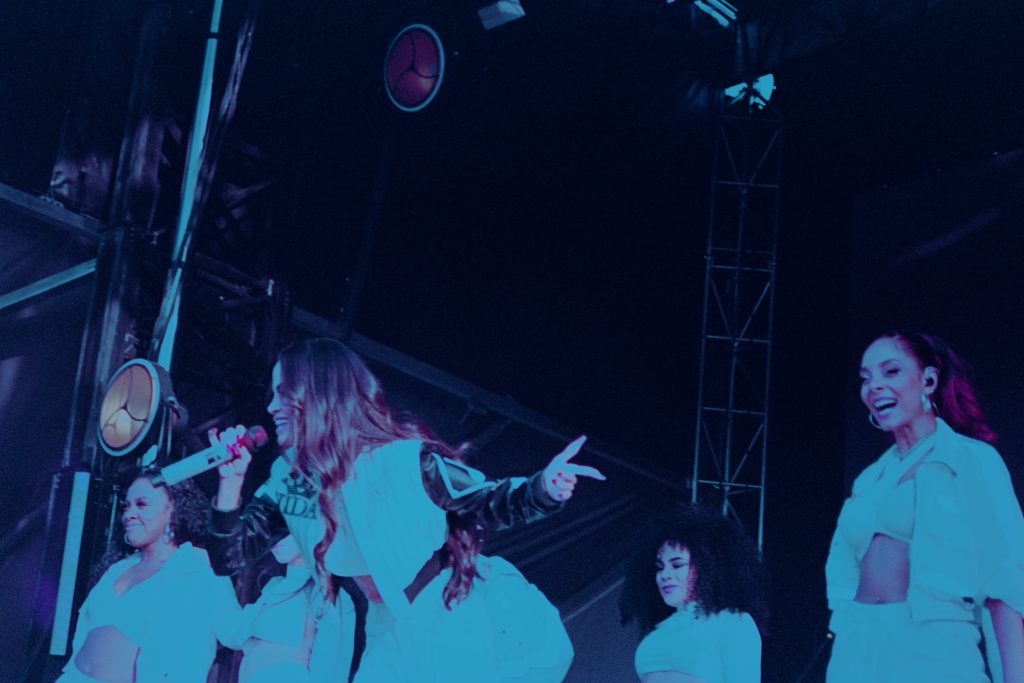
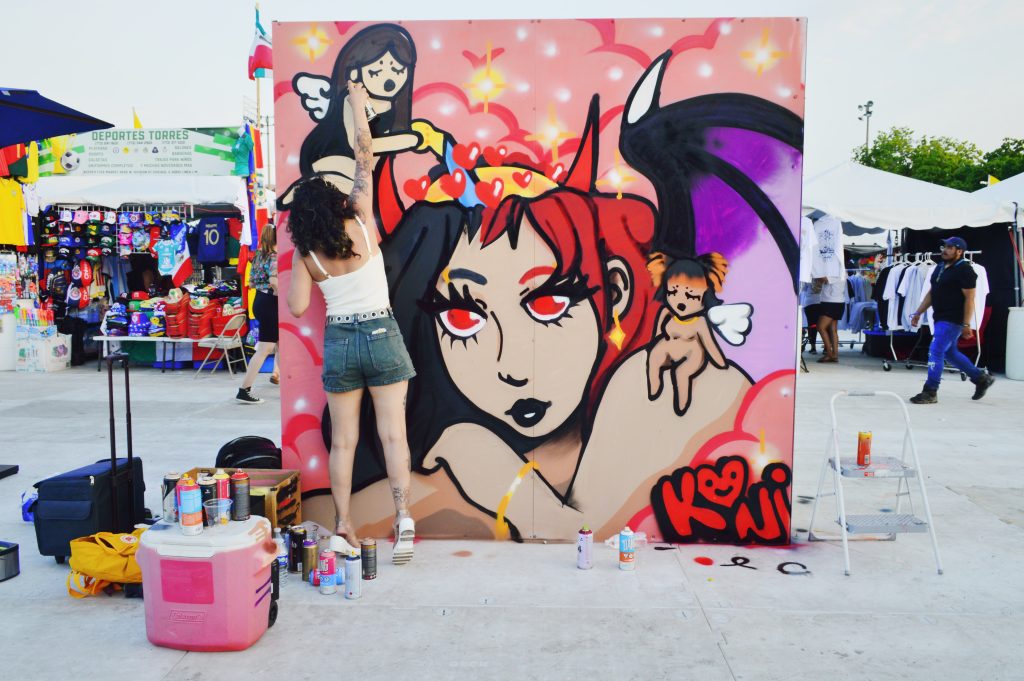

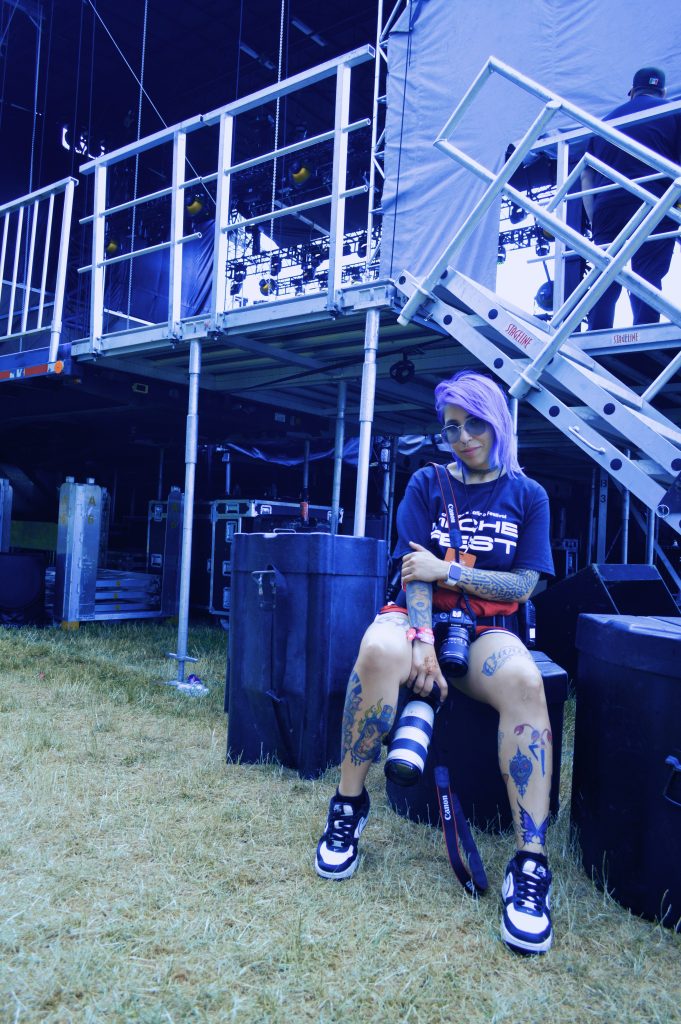
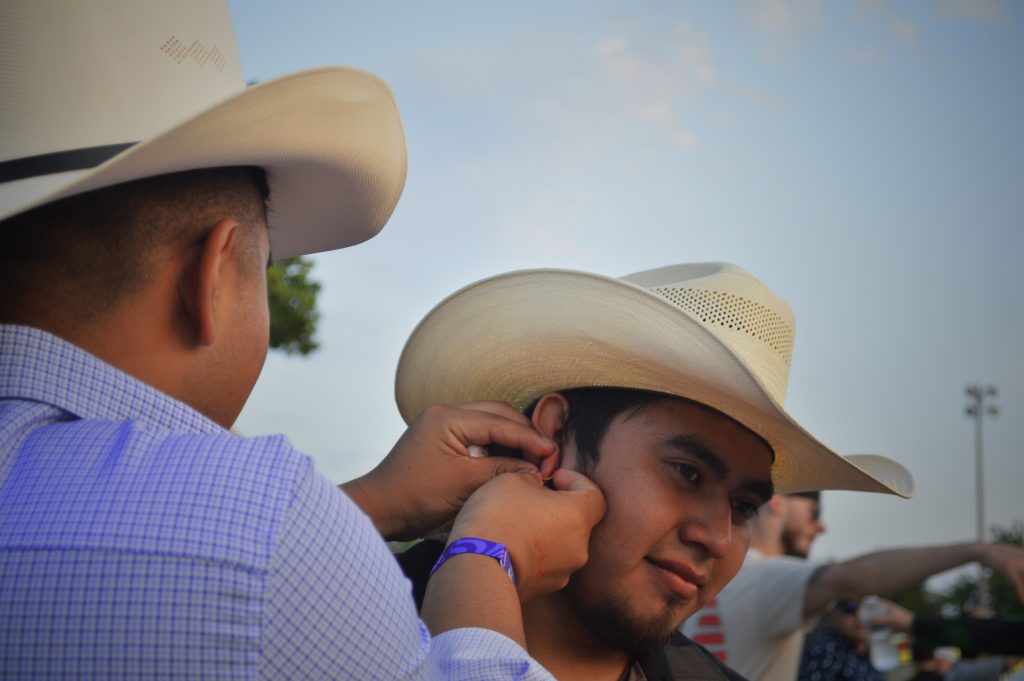

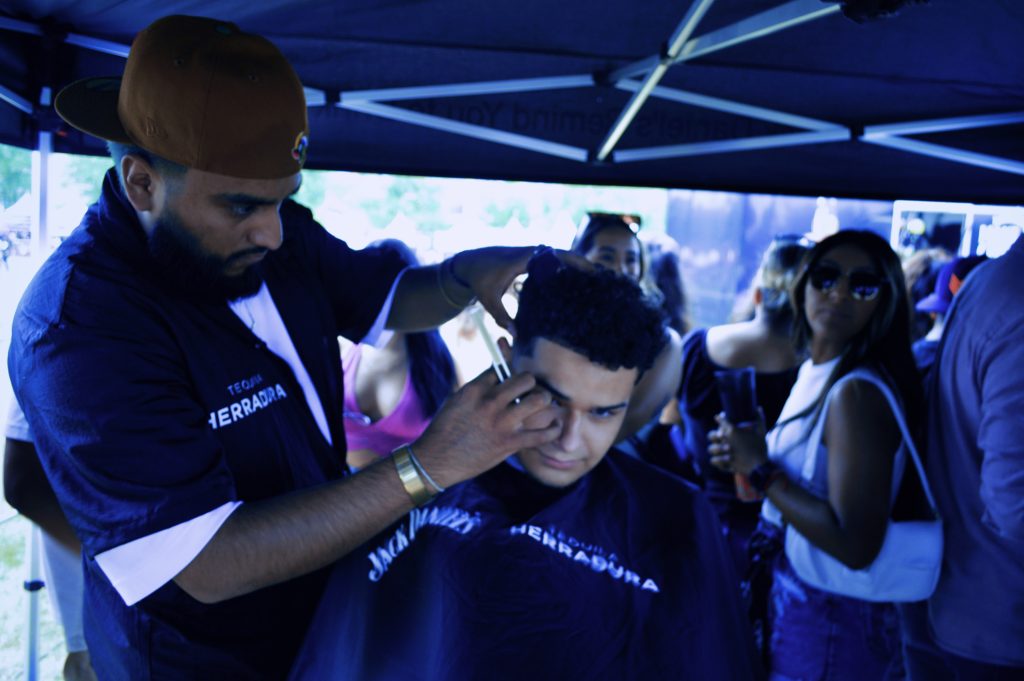
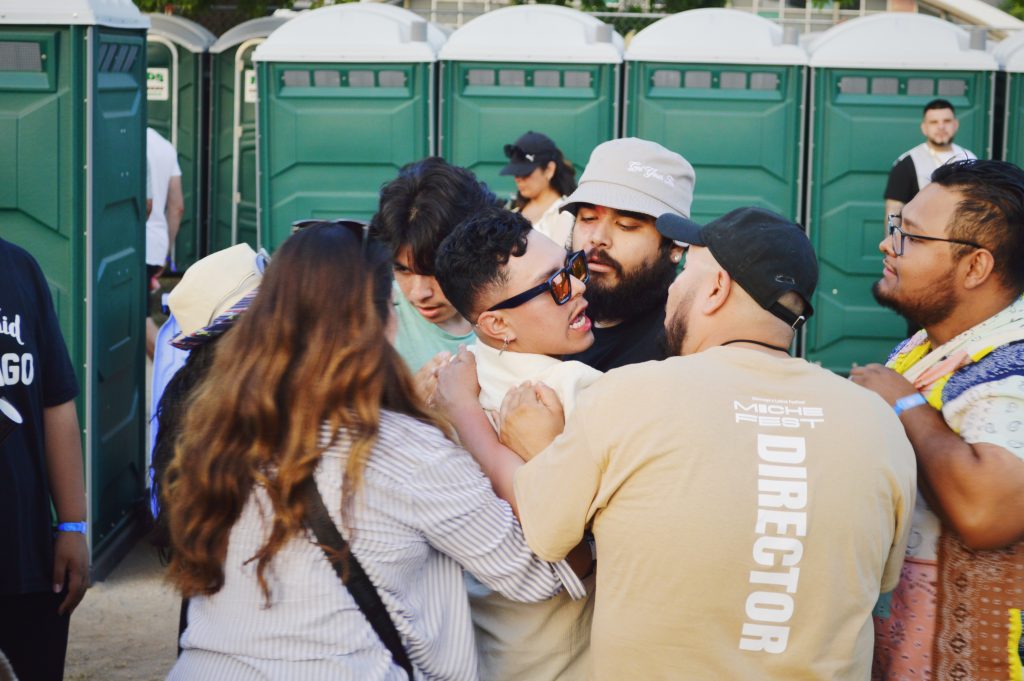
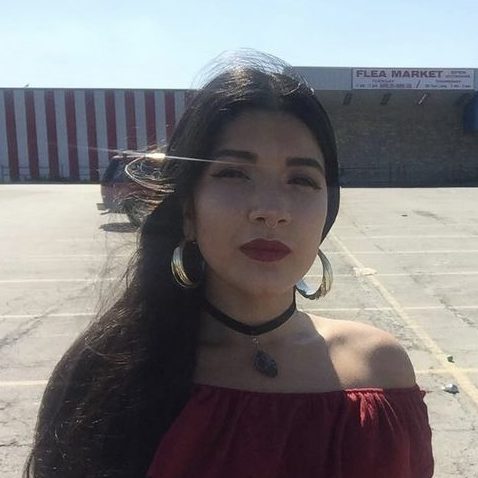
About the Author: Nancy David Sánchez Tamayo (he, she, they) aka La Dancy Nancy is a Chicane transdisciplinary artist and educator born and raised in the South Side of Chicago. @ladancynancy

About the Photographer: Luz Magdaleno Flores is Sixty’s Bilingual Editor. She is a Chicana art curator, poet, textile artist, and fotógrafa based in Pilsen by way of Oxnard, California, also known as DJ Light of Your Vida. As a content creator and layout designer she has published La Pera Chapbook, Bajito & Suavecito Foto Zine, Cultura Mexicana en Pilsen y La Villita Chicago (winner of the first place photo book 2016 at Roosevelt University), ¿SERIO? Zine, and edited the last six Brown and Proud Press Anthologies. Her words have been featured on the Chicago Reader, South Side Weekly, Canada’s Broken Pencil Magazine, Xicanation.com, and Reverb LP. @lightofyourvida
